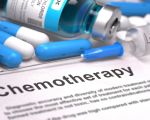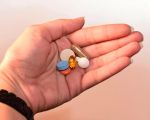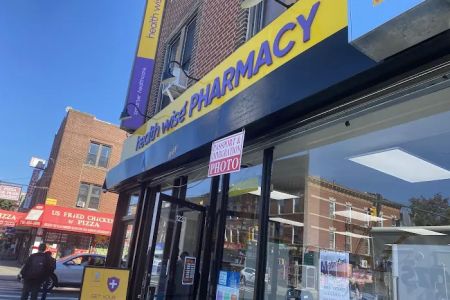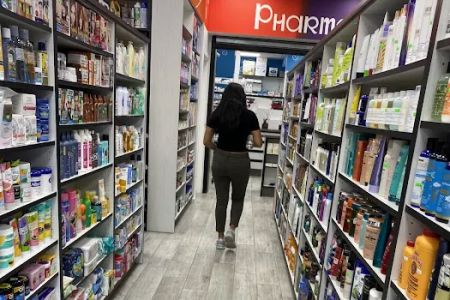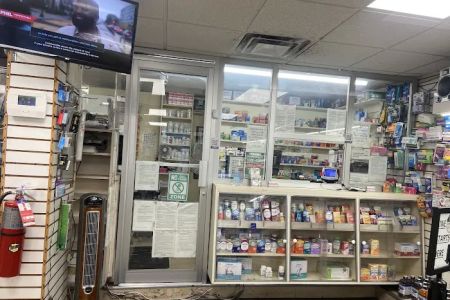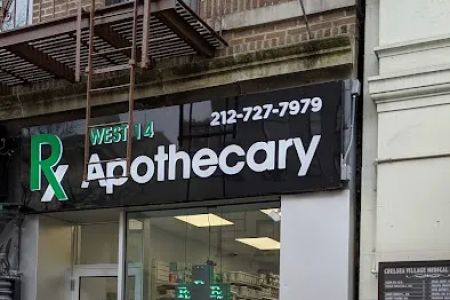Pharmacy Practices for Providing Patient Education: Ensuring Better Health Outcomes
As a pharmacist, I've always understood the critical role that patient education plays in the healthcare system. It's not just about filling prescriptions; it's about empowering patients with the knowledge they need to take control of their health. I’ve had the privilege of working with patients from all walks of life, and I’ve seen firsthand how effective education can make a significant difference in treatment adherence, health outcomes, and overall satisfaction. In this article, I’ll delve into some of the key pharmacy practices for providing patient education and why it’s such a vital part of healthcare.
1. Building Trust with Patients
One of the most important steps in providing effective patient education is building a relationship of trust. Over the years, I’ve learned that patients are more likely to engage with and follow advice when they feel respected and heard. In my experience, taking the time to listen to a patient’s concerns and tailoring the education to their unique situation helps foster this trust.
For instance, I remember working with a patient who was newly diagnosed with diabetes. At first, she was overwhelmed by all the information and wasn’t sure how to manage her condition. By simply listening to her fears and questions, I was able to address her concerns and provide education in a way that felt manageable and not overwhelming. This personalized approach helped her feel more confident and empowered to manage her condition.
2. Using Clear and Simple Language
One challenge I’ve faced when providing patient education is ensuring that the information I share is understandable. Many patients may not have a healthcare background, so it’s essential to avoid medical jargon. I’ve found that using clear, simple language makes a world of difference. Instead of saying “antihypertensive medication,” I would say “medications to lower your blood pressure.”
During consultations, I always encourage patients to ask questions if they don’t understand something, and I make sure to repeat or rephrase the information until they feel comfortable with the material. This technique has helped me ensure that patients fully understand how to take their medications correctly and the importance of following the prescribed regimen. For example, when I explain how to take antibiotics, I make sure to emphasize the importance of completing the full course, even if they feel better before finishing the medication.
3. Offering Written and Visual Aids
While verbal communication is crucial, I’ve found that providing written and visual materials significantly enhances patient understanding. For some patients, written instructions or visual guides can help reinforce the verbal explanations. I often provide printed handouts or use visual aids such as charts and diagrams to explain complex topics like medication schedules or potential side effects.
I recall a time when a patient came in for a refill of a complicated medication regimen. By providing them with a printed schedule showing when to take each medication, I could ensure they understood the timing of their doses. Visual aids like this help patients feel more confident and reduce the likelihood of errors.
4. Utilizing Technology for Education
In today’s digital age, technology plays an essential role in patient education. Many pharmacies, including my own, are integrating technology into the education process. This includes using apps that remind patients when to take their medication or offering online resources that explain treatment protocols. I’ve found that many patients prefer digital formats, as they can access educational materials at their convenience.
One tool that I’ve found particularly useful is an online medication management platform. Through this platform, I can send reminders to patients about refills or upcoming appointments, and they can access educational videos that explain how their medications work and what side effects to watch out for. This technology not only enhances education but also improves medication adherence, as patients are more likely to stick with their treatment plan when they have easy access to helpful resources.
5. Addressing Special Populations
Another aspect of patient education that I’ve found crucial is tailoring the information to special populations. For example, I’ve worked with elderly patients who may have difficulty reading fine print or remembering complex medication instructions. In these cases, I ensure that the education is delivered in a way that suits their needs, whether that means larger print, simplified instructions, or even verbal guidance at a slower pace.
For children and their parents, I often provide education through child-friendly language or even fun, interactive materials like sticker charts for medication schedules. By adapting my approach based on the patient’s age, health literacy, and physical capabilities, I can ensure that the information is accessible and easy to follow.
6. Encouraging Open Communication
Effective patient education is a two-way street, and one thing I always emphasize is the importance of open communication. I encourage patients to feel comfortable asking questions and expressing their concerns. I’ve noticed that when patients are engaged in the conversation and feel they can communicate openly, they are more likely to follow through with the treatment plan.
For example, when discussing potential side effects of a medication, I ensure that patients know they can reach out if they experience anything unusual. This proactive approach to communication not only builds trust but also ensures that patients feel supported throughout their treatment. It’s about being a partner in their healthcare journey, not just an information provider.
7. Reinforcing Education at Follow-Up Appointments
Patient education doesn’t stop after the initial consultation. In my practice, I make it a point to reinforce key information during follow-up appointments. This allows me to check in with the patient, address any questions or concerns, and remind them of important information that may have been forgotten or overlooked. For example, I’ll often remind patients of the importance of taking medications consistently and the potential risks of non-adherence.
Additionally, follow-up appointments offer an opportunity to assess the patient’s progress and adjust the treatment plan if necessary. This ongoing education ensures that patients stay on track and can adapt to any changes in their health or treatment needs.

